Learn Blockchain
From Beginner to Practice: How Ordinary People Can Safely Start Independent Mining in 2025
01. From Bitcoin to "Mining" — The Basic Logic of Independent Mining
This section answers three key questions: What exactly does “mining” do? What are the common misunderstandings among beginners? And under the latest data in 2025, what core metrics should individual users understand before participating?
1.1 What Mining Actually Does — Translating “Math Puzzles” into Three Operational Factors
Put simply, Bitcoin mining is a competitive trial-and-error process that looks for a valid hash value. Whoever finds it first gets to package a new set of transactions into a block and earns the block reward (block subsidy + transaction fees).
This is based on Proof of Work — providing massive, verifiable computing work in exchange for the right to write the next block.
According to Bitcoin.org and the Bitcoin Wiki, the system adjusts the difficulty every 2,016 blocks to keep average block time around 10 minutes.
From the standpoint of an independent miner, three elements matter most:
-
Hashrate — how many hash attempts you (or the entire network) can make per second.
-
Difficulty — the dynamic threshold adjusted by the network based on recent block times.
-
Block Reward — the BTC received for mining a block.
Since April 20, 2024 (following the fourth halving), block rewards have dropped to 3.125 BTC per block. This serves as the baseline for all 2025 income estimation models.
1.2 Clarifying the Probabilities — Why Most Individual Miners Choose Mining Pools
Trying to mine a full block on your own is essentially a very low-probability event, determined by your share of global hashrate. That’s why most miners join mining pools to convert unpredictable “lottery” rewards into more stable, smaller-but-continuous payouts.
Blockchain explorers and industry databases constantly track pool shares (e.g., the “Hashrate Distribution” page on Blockchain.com). For individual miners, these public data sources help assess network decentralization and payout stability—not “guess” which pool will win.
1.3 The “2025 Background”: All-Time-High Hashrate, Difficulty at Historical Peak
Entering 2025, global hashrate has continued to rise after the 2024 halving. By mid-August 2025, global hashrate hovered between 950–1,000 EH/s, hitting a record high of over 1,200 EH/s around August 14.
For independent miners, this means two things:
• You need more efficient hardware (more hashrate per watt) or lower electricity costs.
• You must rely more heavily on external variables (BTC price and transaction fees).
1.4 Correcting Common Misconceptions
Misconception 1: “You can mine Bitcoin with a regular computer.”
— This was possible in the early 2010s, but ASIC miners have rendered CPU/GPU mining obsolete. A low-cost lotto miner or a different PoW coin is more realistic for beginners.
Misconception 2: “Mining always makes money, especially in a bull market.”
— Block rewards have been cut in half. If price/fees don’t increase in parallel, profitability collapses.
Misconception 3: “Higher global hashrate is always good for individual miners.”
— Higher hashrate does improve network security, but also dilutes individual-profit potential.
1.5 Connecting the Metrics: A Simple Mining Income Framework
Independent miners should break the decision into four variables:
-
Block reward (3.125 BTC since April 20, 2024)
-
Global hashrate / difficulty
-
Your own hashrate and power consumption
-
Local electricity price
By using basic probability + expected value, you can estimate your gross return. Subtract electricity and depreciation to get cash flow. Most beginners use mining calculators, but they must verify data sources and update frequency.
1.6 The Global Reality: Geography and Power Consumption
Electricity prices and regulation vary significantly across regions. The CBECI Mining Map shows the geographic distribution of network hashrate, highlighting how policy and electricity rates influence the migration of miners.
For home users, the key variables are marginal electricity price and device efficiency, not public debates about global energy usage.
1.7 A Quick Checklist for Beginners
✔ Confirm current block reward (3.125 BTC/block)
✔ Check the latest network hashrate/difficulty (avoid outdated data)
✔ Use a mining pool instead of solo mining
✔ Calculate your real electricity cost
✔ Store mined BTC in a non-custodial, secure wallet
02. Beginner Tools — Lucky Miner LV06
The 2025 mining environment is more demanding than ever: block rewards have been halved, difficulty is at historic highs, and competition is intense. But this does not mean independent mining has lost its value. Rather, it reminds us that mining should be treated as an engineering problem, backed by data and structured methodologies.
Lightweight, low-power lotto miners—such as the Lucky Miner LV06—may now be the best way for ordinary users to understand the full cycle of Bitcoin mining, control risk, and participate in the network. Think of it not as a “get rich ticket,” but a “learning ticket.”
2.1 Evolution of Mining Hardware — From Beasts to Gadgets
Early Bitcoin (2009–2011) could be mined with CPUs and GPUs. As difficulty increased, ASICs became dominant.
High-end ASIC miners from Bitmain and MicroBT cost several thousand dollars and draw 3,000–3,500 watts. In 2025, even under ideal conditions, their daily net income may barely exceed $10. At electricity prices above $0.10/kWh, some ASIC miners can become unprofitable.
This is why a second, quieter hardware category has emerged: lightweight educational miners. These miners do not chase high hashrates, but prioritize low cost, low noise, and low power usage.
2.2 Positioning and Features of Lucky Miner LV06
The Lucky Miner LV06 is a typical lightweight ASIC lotto mining device, designed to lower the entry barrier for beginners.
Key features include:
-
Ultra-low power — only 13W, almost negligible on a home electricity bill
-
Plug & play — no rack or cooling setup, simply connect and start
-
Lottery Mining Mode — in addition to normal pool participation, it includes a “lottery-based” chance to receive a full block reward (adding educational fun)
At a market price of $89 (listed on Luckyminerclub.com), this lotto miner is closer to a low-risk “experiment” than a capital investment.
2.3 Global User Cases — From Dorm Rooms to Home Offices
-
U.S. Students — Reddit’s r/BitcoinMining forum includes posts from college students using the LV06 in dorm rooms, praising its ultra-low noise and ease of use.
-
European Developers — Some developers in Germany and the Netherlands integrate LV06 results into their own blockchain dashboards as part of dev training courses.
-
Japanese Home Users — YouTube tech channels in Japan show users demonstrating “how to join a mining pool with the LV06 and track hashrate,” treating it as a fun hands-on tech experience.
In all cases, users treat the LV06 not as a profit machine, but as a learning tool and a platform for sharing.
2.4 Difference from Professional Miners — Different Objectives, Different Logic
Comparing the Lucky Miner LV06 to a Bitmain S21 ASIC is like comparing an entry-level learning kit to an industrial machine.
Professional miners maximize profit; the LV06 maximizes accessibility, education and participation.
2.5 The Real Value of Lucky Miner LV06 — Not Just Hardware, but an Educational Gateway
-
Low entry cost gives more users the chance to experience real mining
-
Hands-on usage improves understanding of Proof of Work, pool distribution and decentralization
-
Lightweight design encourages knowledge-sharing in communities
-
Risk exposure is limited and predictable
2.6 Risks and Rational Reminders
The Lucky Miner LV06 is not a shortcut to high yields. Its “lottery mode” should not be misinterpreted as a real investment strategy. Users should treat it as an educational tool. Without proper wallet knowledge or security protection, digital assets may still be lost.
2.7 Conclusion — The First Step for Ordinary Users
In a year where global hashrate is setting new records and professional miner income is under heavy pressure, the Lucky Miner LV06 offers ordinary users a rare alternative: rather than giving up, re-enter mining in a lightweight, low-risk way.
03. The Mathematical Reality of Independent Mining and Its Real-World Challenges
For beginners, understanding the underlying math may be the first step toward independent mining. In this section, we explain why the probability of a single miner hitting a full block is extremely low—and why mining pools are the only realistic way to achieve steady income.
3.1 The Nature of Hashrate — A Probability Game
Bitcoin mining is not “who guesses the answer first,” but “who performs more hash attempts.” As of August 2025, total network hashrate exceeded 700 EH/s, which equals 7 × 10^20 hash attempts per second.
Let’s assume you run a Lucky Miner LV06 with a hashrate of 500 GH/s. Your share of the global hashrate would be roughly 0.00000000000001%.
This means the probability of you independently mining a full block (and earning the full 3.125 BTC reward) is essentially zero.
Since April 2024, the block reward is fixed at 3.125 BTC. In other words, mining is fundamentally a mathematical probability game: the higher your hashrate, the higher your expected reward.
3.2 Why Mining Pools Are a Necessity
When an individual miner’s hashrate is too small, waiting to “hit the lottery” and independently mine a full block becomes almost impossible in practice. That’s precisely why mining pools exist.
-
Mechanism: Pools aggregate the hashrate of thousands of miners to increase the probability of finding a block. Once a block is mined, rewards are distributed proportionally based on each participant’s contribution.
-
Models: The most common payout models are PPLNS (Pay Per Last N Shares) and PPS (Pay Per Share). The former favors long-term miners; the latter works like a stable salary model.
-
Reality: The top five pools (Foundry USA, AntPool, F2Pool, ViaBTC and Binance Pool) control more than 70% of the global hashrate. For individual miners, joining a pool instead of mining alone is almost universally accepted as the only rational choice.
3.3 The Economics — Electricity, Difficulty and Price
Profitability in bitcoin mining is the result of three interacting variables:
-
Electricity price: varies widely by region (e.g., ~$0.04/kWh in parts of Texas vs. >$0.20/kWh in some EU countries).
-
Difficulty: rises with global hashrate, reducing output per TH/s.
-
BTC price: extremely volatile (e.g., in August 2025, BTC traded in the $116,000–$124,500 range).
Professional BTC miners typically require electricity costs below $0.08–0.10/kWh to stay profitable. Low-power devices such as the Lucky Miner LV06 btc miner have almost no electricity burden, which is why many users focus on the learning value rather than the short-term return.
3.4 Operational Requirements for Independent Miners
Even lightweight mining requires basic operational readiness:
-
Hardware: a lotto miner or ASIC miner (e.g. Luckyminer LV06).
-
Network: stable broadband to avoid disconnections.
-
Wallet management: secure hardware wallets or multi-sig storage.
-
Regulation: local laws differ. Some U.S. states (e.g. Texas and Wyoming) are friendly to small-scale bitcoin miners, while some EU proposals suggest extra electricity taxes on home crypto miners.
3.5 Probability-Based Education: the Value of LV06
The chance of the LV06 independently earning a block reward is almost the same as winning a lottery ticket. But that’s the point:
-
It allows users to see how difficulty adjustment impacts mining outcomes
-
It teaches how pool rewards and hashrate contribution actually work
-
It gives users a real, hands-on participation in a decentralized network — with minimal cost and minimal risk
3.6 Remaining Challenges — Between Logic and Illusion
Independent miners must remain realistic:
-
Lottery illusion: roulette-style “lotto mode” does not equal high-yield investment
-
Market cycles: BTC price is subject to macro liquidity and geopolitical shocks
-
Regulatory uncertainty: new energy rules may impact home miners in certain countries
3.7 Conclusion — Understanding Hashrate = Understanding the Network
Bitcoin mining is a competitive probability game. Large-scale farms win via scale and cheap power; independent miners win via learning and decentralization. The Lucky Miner LV06 btc miner offers a small but tangible way for ordinary users to connect directly with the Bitcoin network and understand how it really works.
04. Is Independent Mining Making a Comeback?
4.1 Macro Background — Halving Cycle and Energy Shift
Every halving triggers structural change. After the 2024 halving (3.125 BTC/block), BTC stabilized in the $116–124k range by August 2025.
At the same time, global energy patterns are shifting. Regions like Texas (U.S.), Quebec (Canada) and parts of the Middle East (e.g. Abu Dhabi) are providing cheap renewable energy for bitcoin miners, while some European countries are tightening regulations due to high electricity prices. These global differences create pockets of opportunity for individual or home-based crypto miners.
4.2 Decentralization Narrative Returns
Hashrate concentration is provoking renewed debate in the technical community. At the 2024 MIT Bitcoin Expo, developer Matt Corallo emphasized that decentralization is not just about running full nodes—but also about distributing hashrate. This narrative is re-popularizing the idea of the home miner – especially for education and fairness reasons.
4.3 Window of Opportunity for Lightweight Lotto Miners
Devices such as the Lucky Miner LV06 btc miner are creating a new category:
-
<10W power
-
USB plug-in format
-
Compatible with mainstream pool protocols
They don’t aim for profit, but create a valuable new dimension: giving ordinary users a chance to realistically experience crypto mining.
Reddit data (Mining subreddit, July 2025) shows that more than 30% of new users are discussing lightweight lotto mining devices like the nerdminer lucky miner.
4.4 Global Case Studies
-
U.S. (Austin, Texas): a local IT engineer uses the LV06 in university classes to demonstrate blockchain math.
-
Germany: a Berlin-based researcher joins a mining pool with the LV06, earns less than $5/month but says it covers the “education cost.”
-
Southeast Asia (Bali): a group of BTC enthusiasts use lightweight miners with solar panels in hackathons to explore sustainable mining concepts.
4.5 A Cold Reminder
-
Economically fragile — individual miners cannot compete with professional farms.
-
Regulation remains uncertain — e.g. EU proposal to impose new “energy taxes” on home miners.
-
Marketing hype — some sellers still promote “fast ROI for home miners.” Users must understand that the true value is experience, not quick returns.
4.6 Conclusion — A Different Kind of Revival
If “revival” is defined as “return to industrial-level profits,” then independent mining is definitely not coming back.
But if revival means reinforcing decentralization, building education channels, and enabling direct individual interaction with the Bitcoin network — then 2025 is absolutely witnessing a true revival.
The Lucky Miner LV06 lotto mining device stands precisely at this intersection: it doesn’t promise yield, but provides safe, low-cost, hands-on participation — helping more ordinary people engage with the foundational logic of Bitcoin.
05. Final Conclusion — The Meaning and Boundary of Independent Mining
Looking back at Bitcoin’s development over the past decade, mining has evolved from a small-scale “garage experiment” into a global energy–finance industrial chain.
By 2025, large mining farms clearly dominate the hashrate, and individual miners have little hope of competing directly. Yet independent mining has not lost its value. In fact, in a period where decentralization is again being emphasized, home-based Bitcoin miners and educational lotto miners are forming a new layer of the ecosystem.
-
For ordinary users: independent mining is a low-cost gateway into the world of blockchain — helping them understand hashrate, block rewards and difficulty adjustment in real terms.
-
For the Bitcoin network: even small contributions support decentralization and long-term security.
-
For society: combining lightweight ASIC miners with renewables opens new experiments in green computing and distributed energy use.
In this context, the Lucky Miner LV06 serves as an “entry-level mentor.” It is not designed to generate large profits—but to give ordinary people a realistic and affordable way to engage with Bitcoin’s core logic.
Independent mining is not a shortcut to fast wealth. Electricity costs, hashrate concentration and regulation remain unavoidable constraints.
But if we view independent mining as a learning experiment, a community practice, or even a grassroots contribution to decentralization, then the 2025 revival carries a powerful new meaning.
The home miner of the future may not be remembered as a “gold digger,”
—but as a grassroots guardian of decentralized networks.


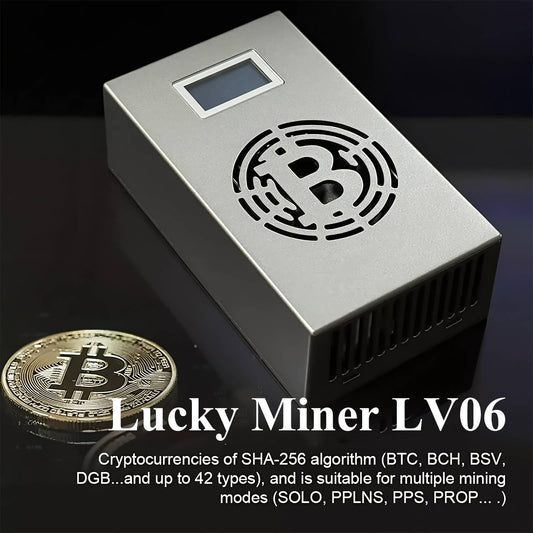

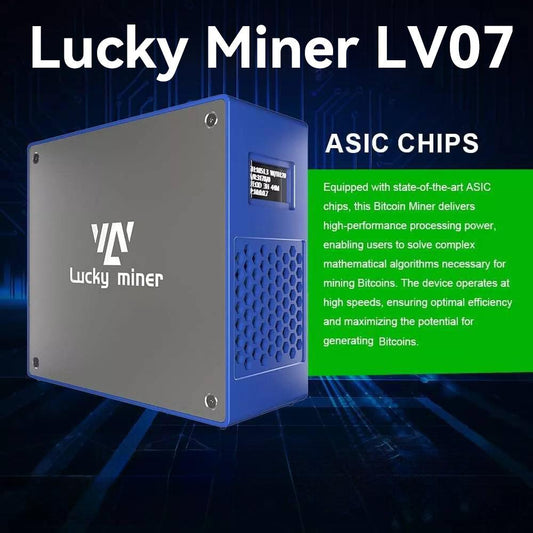
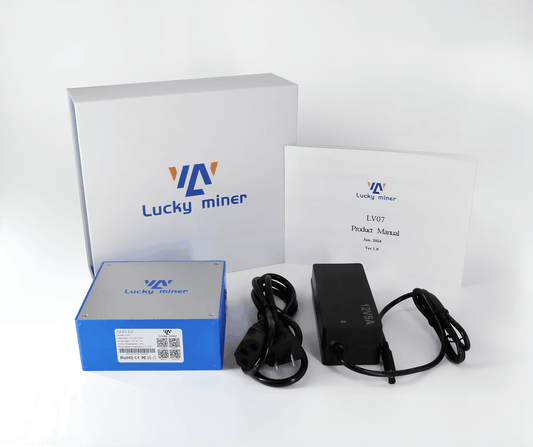
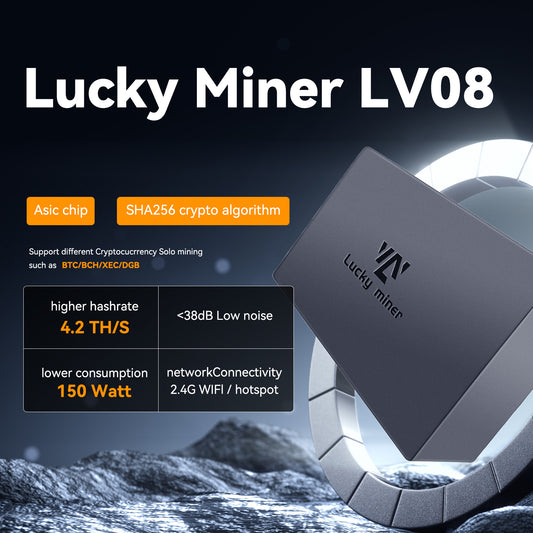
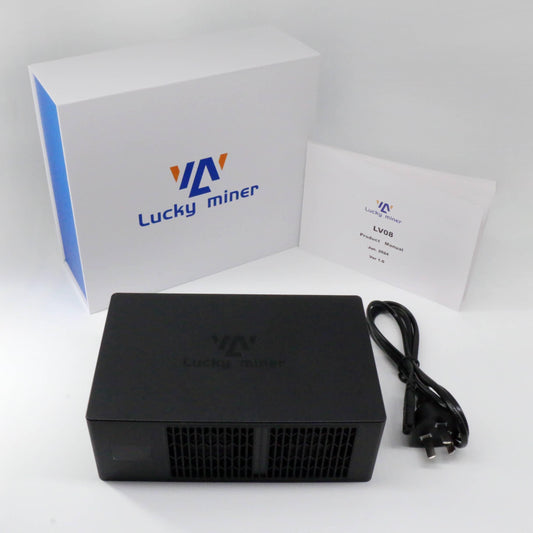
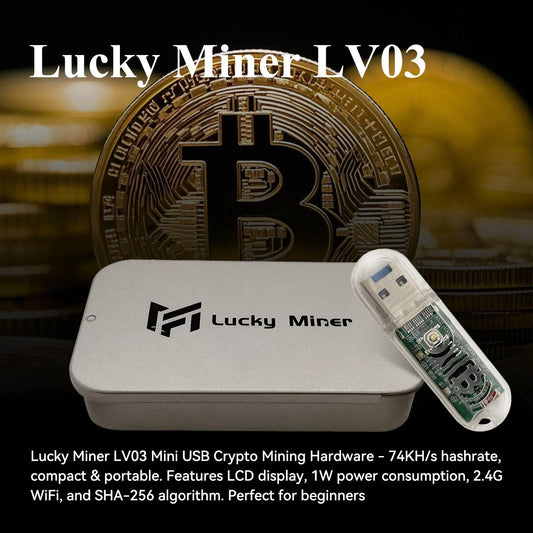
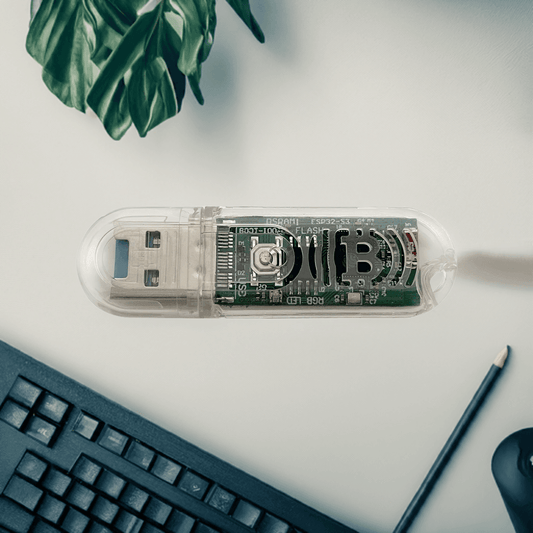
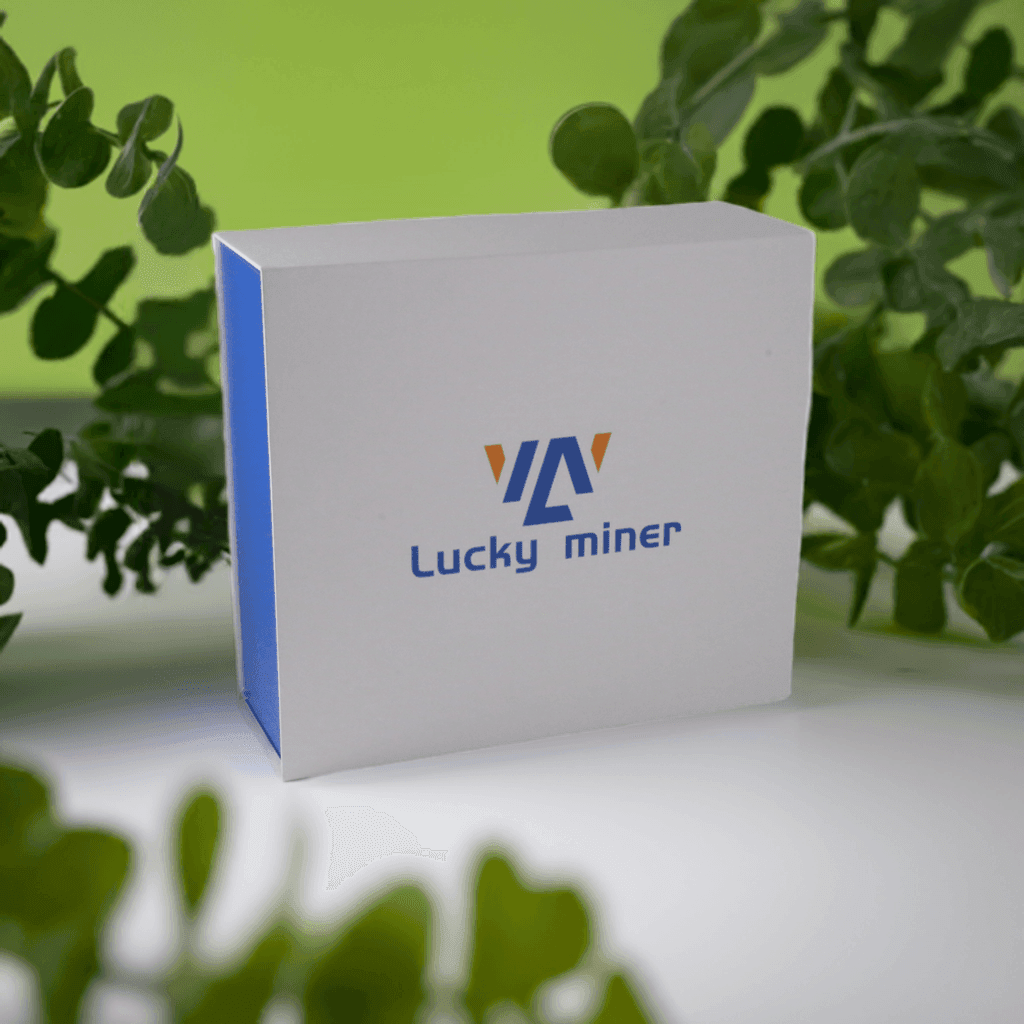
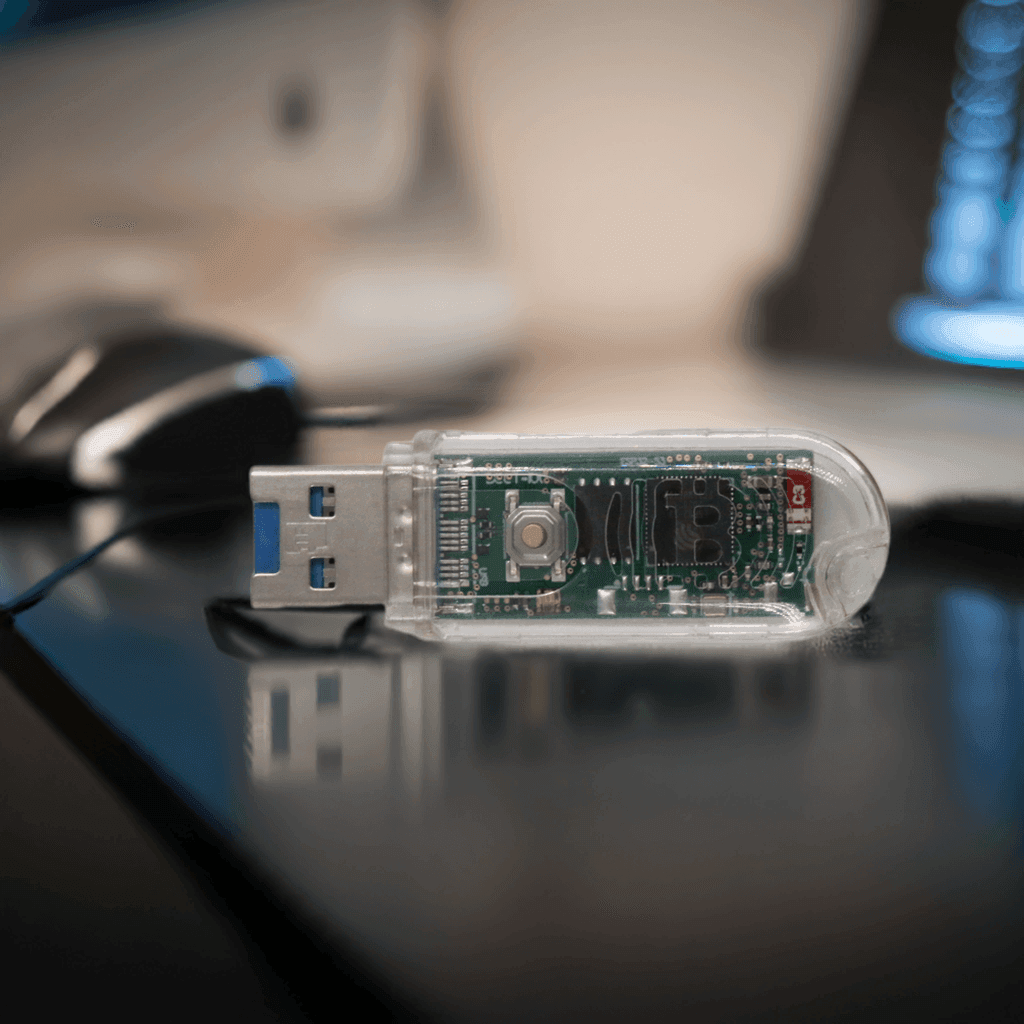
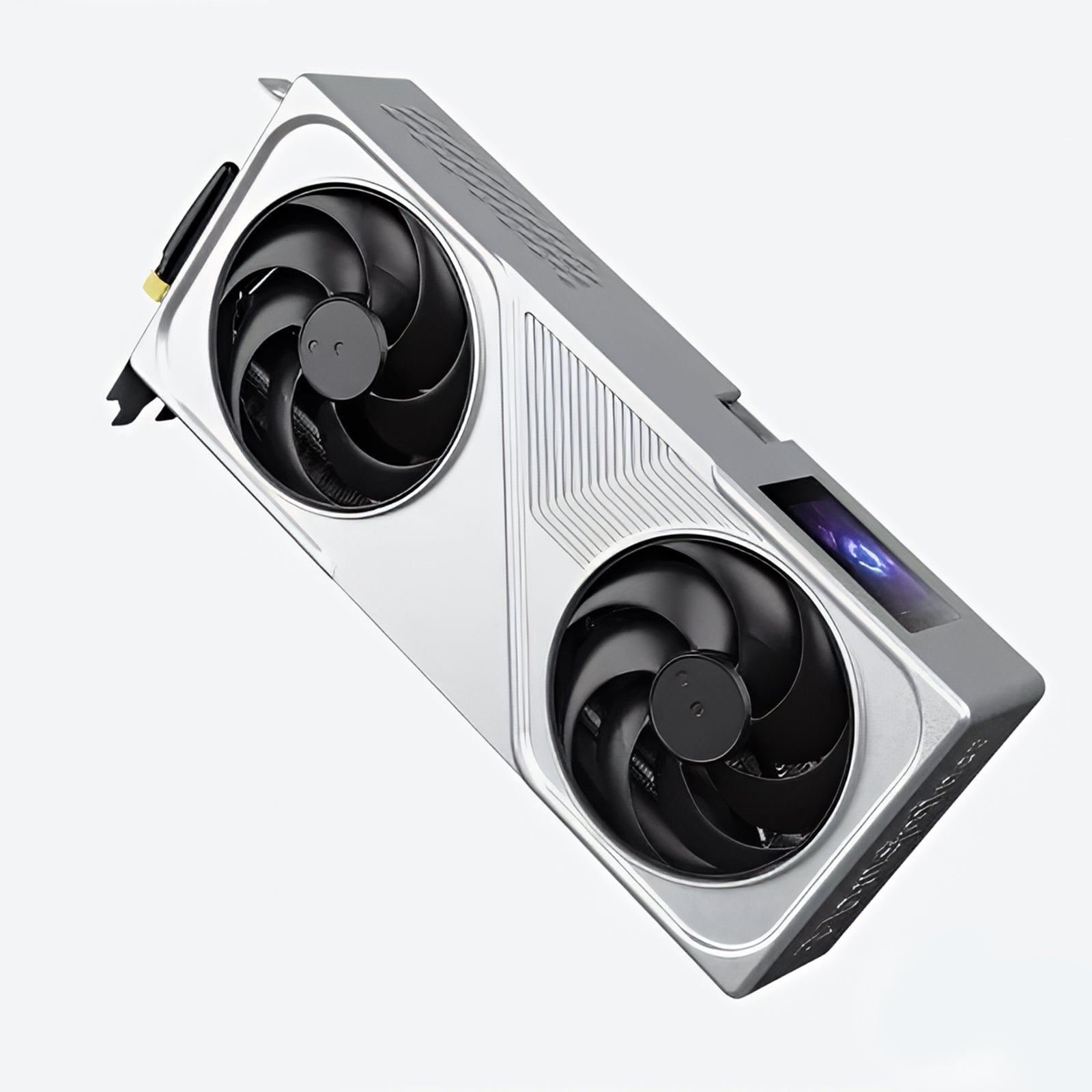
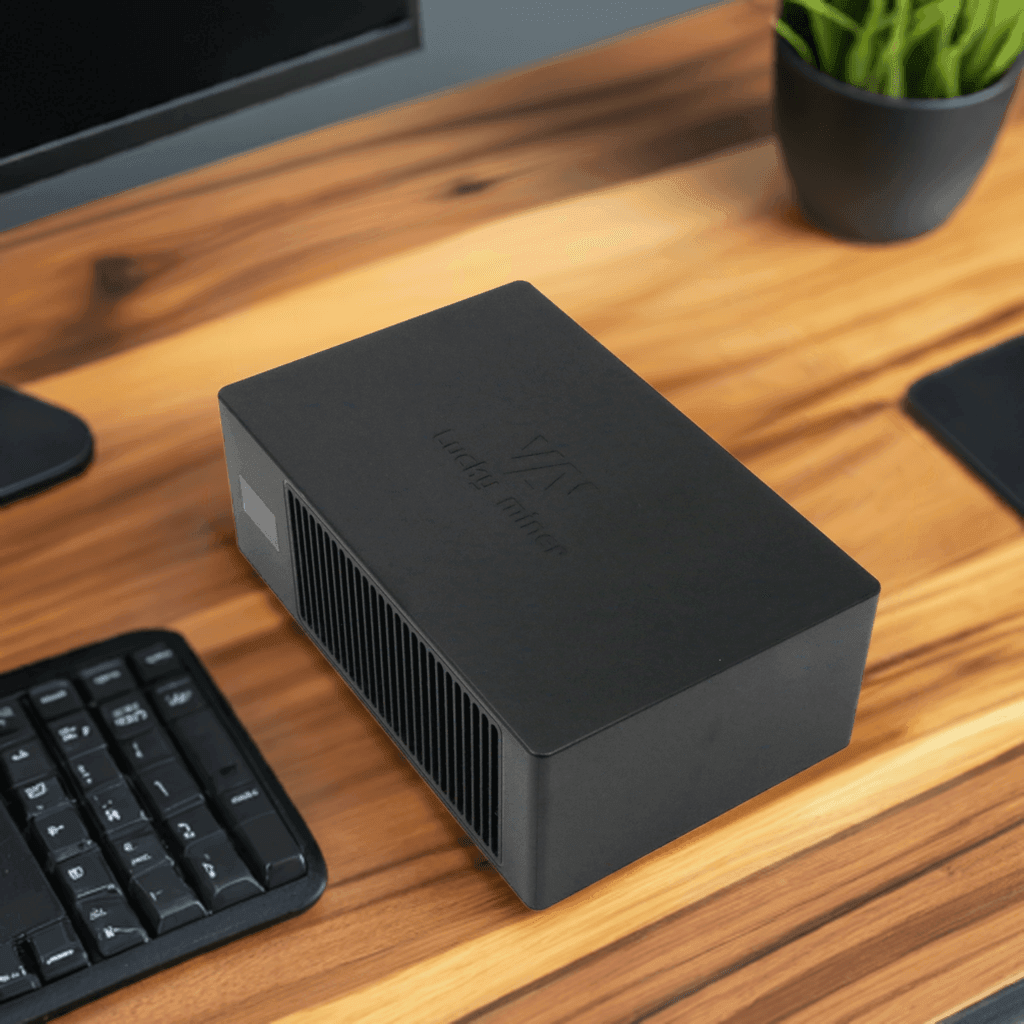
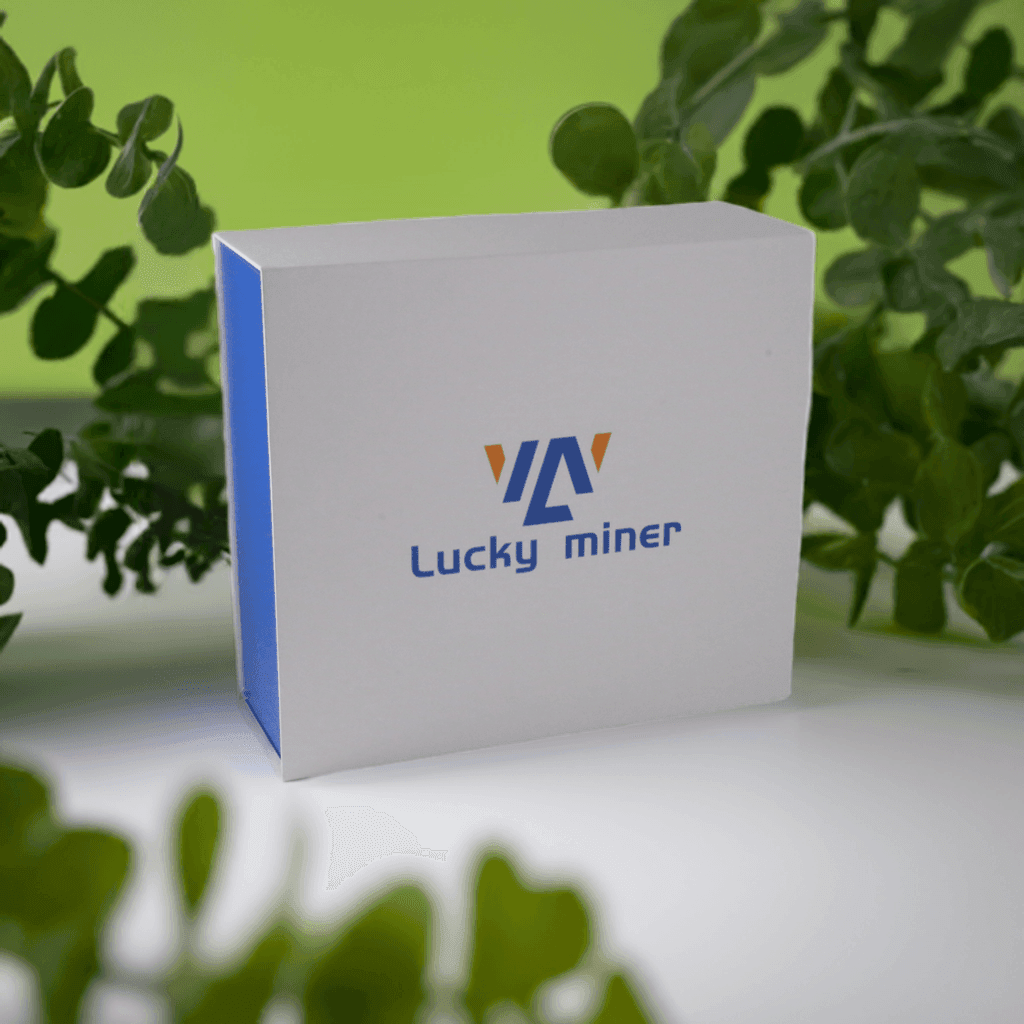
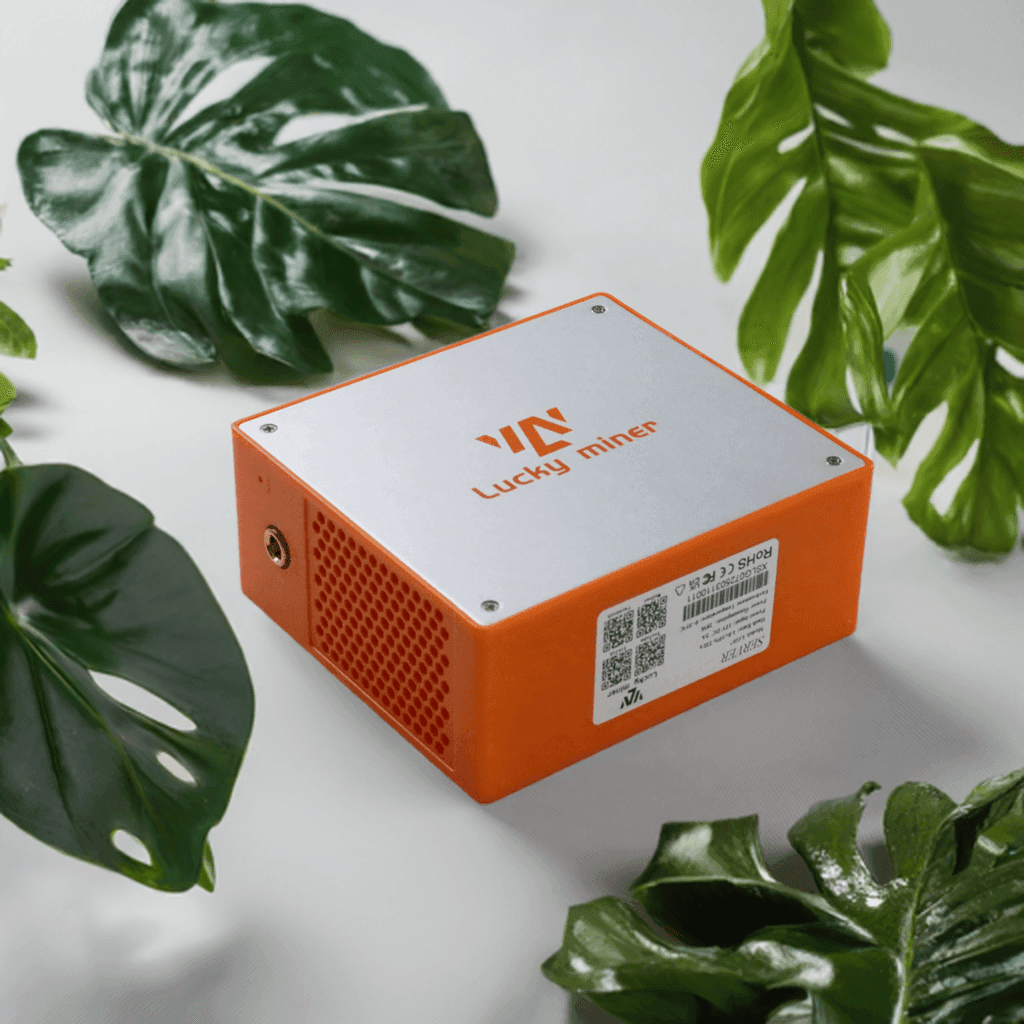
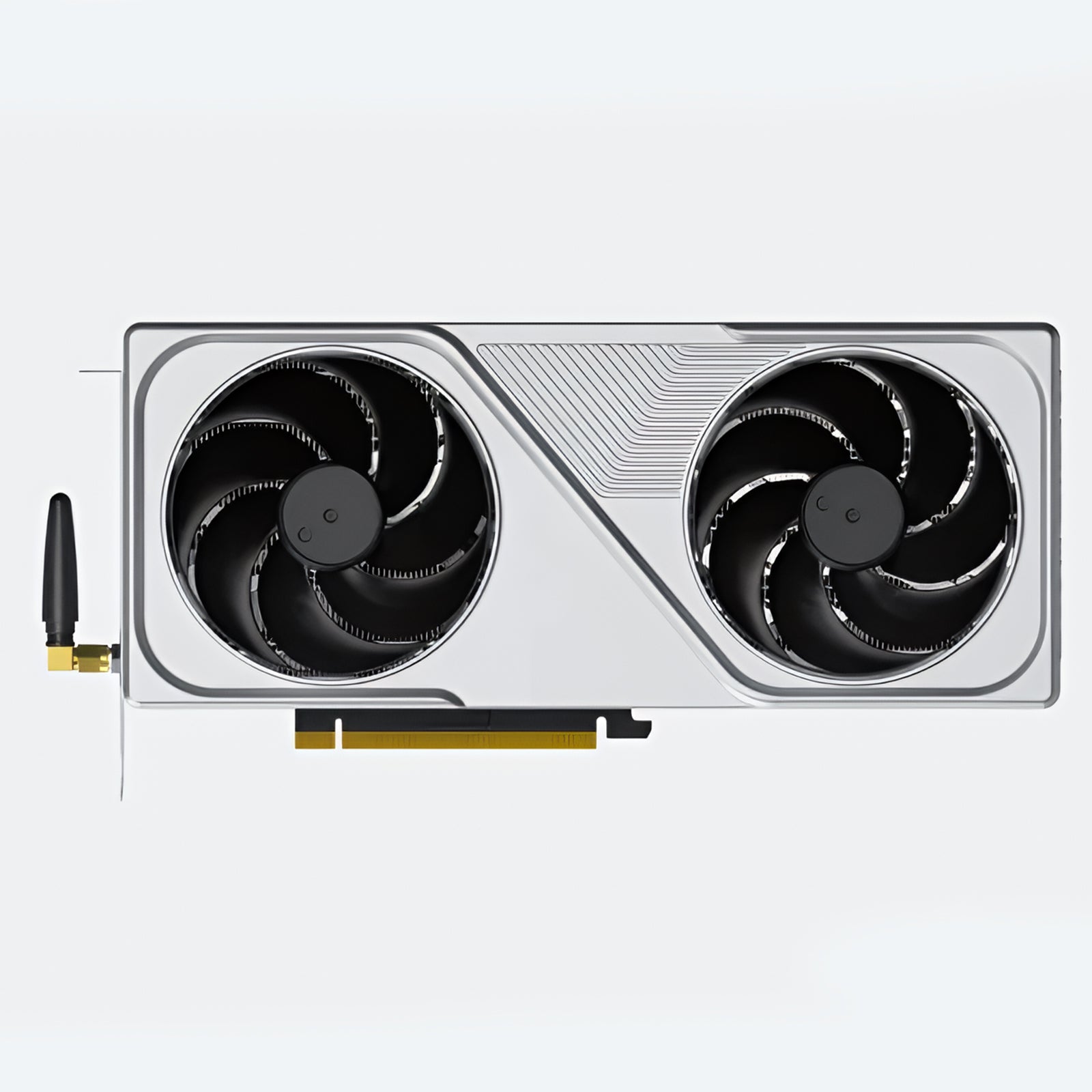
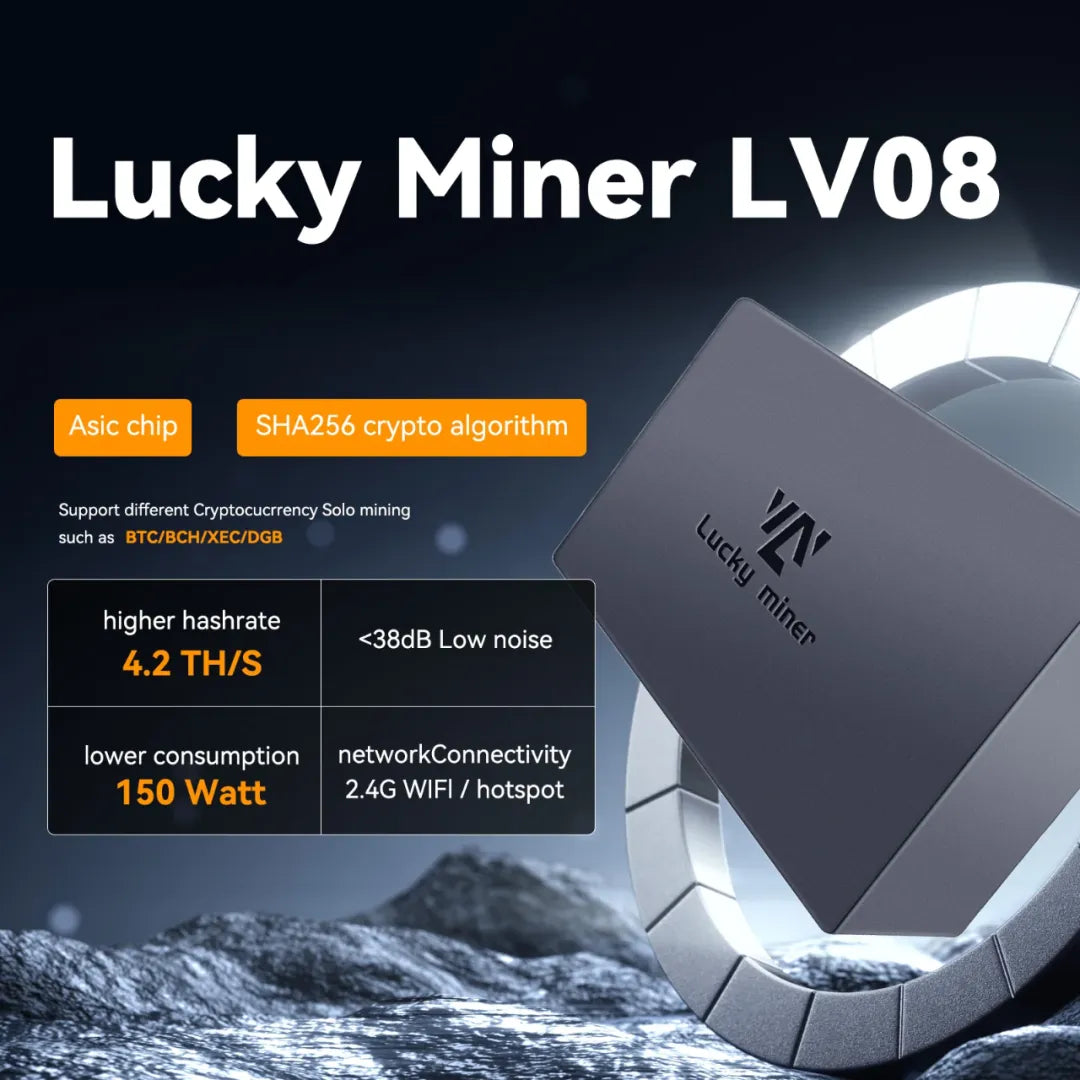

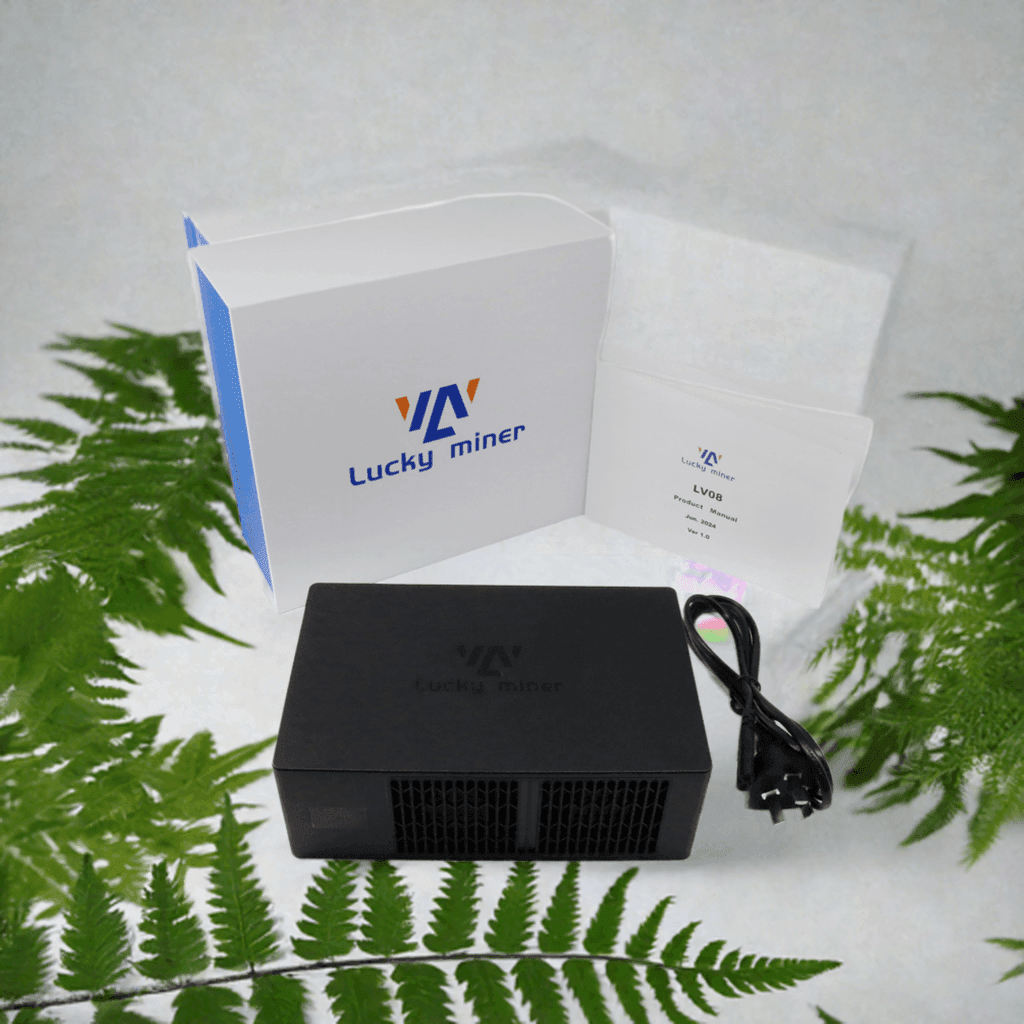
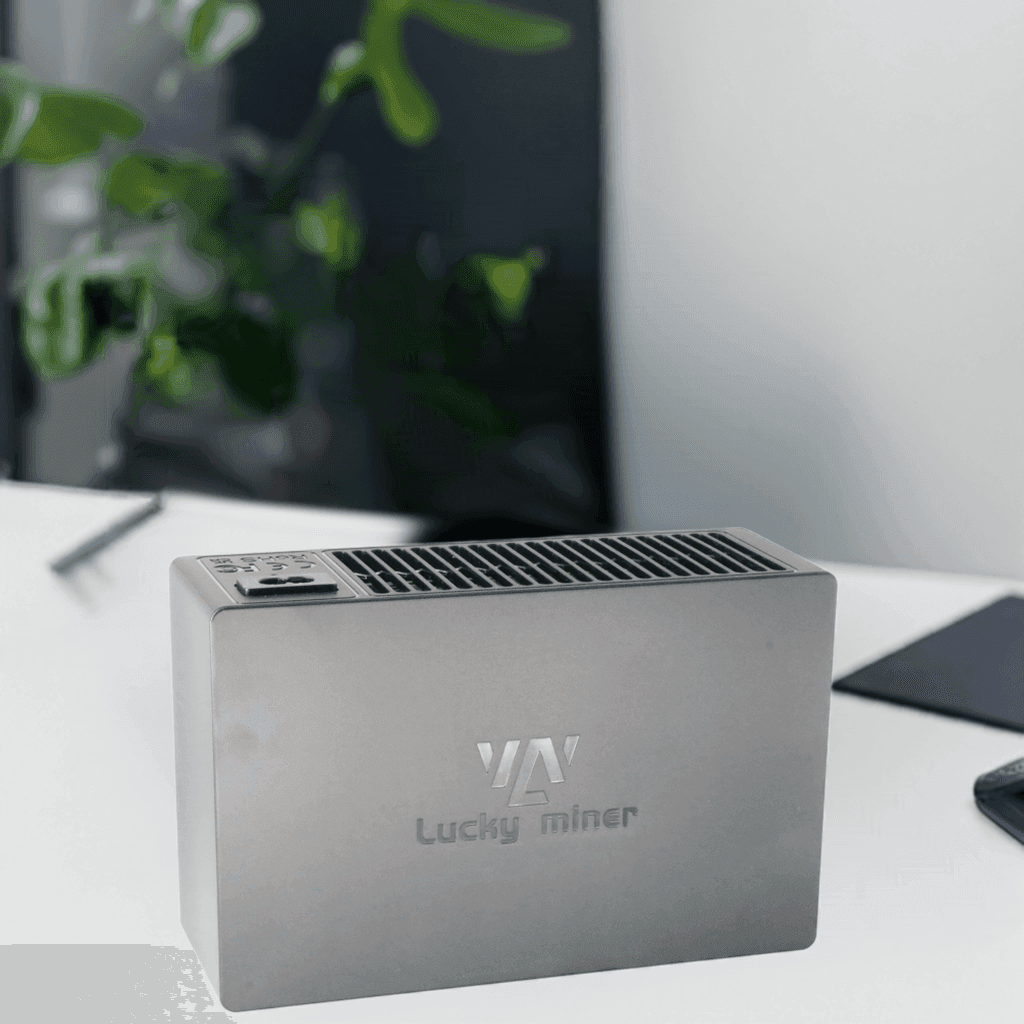

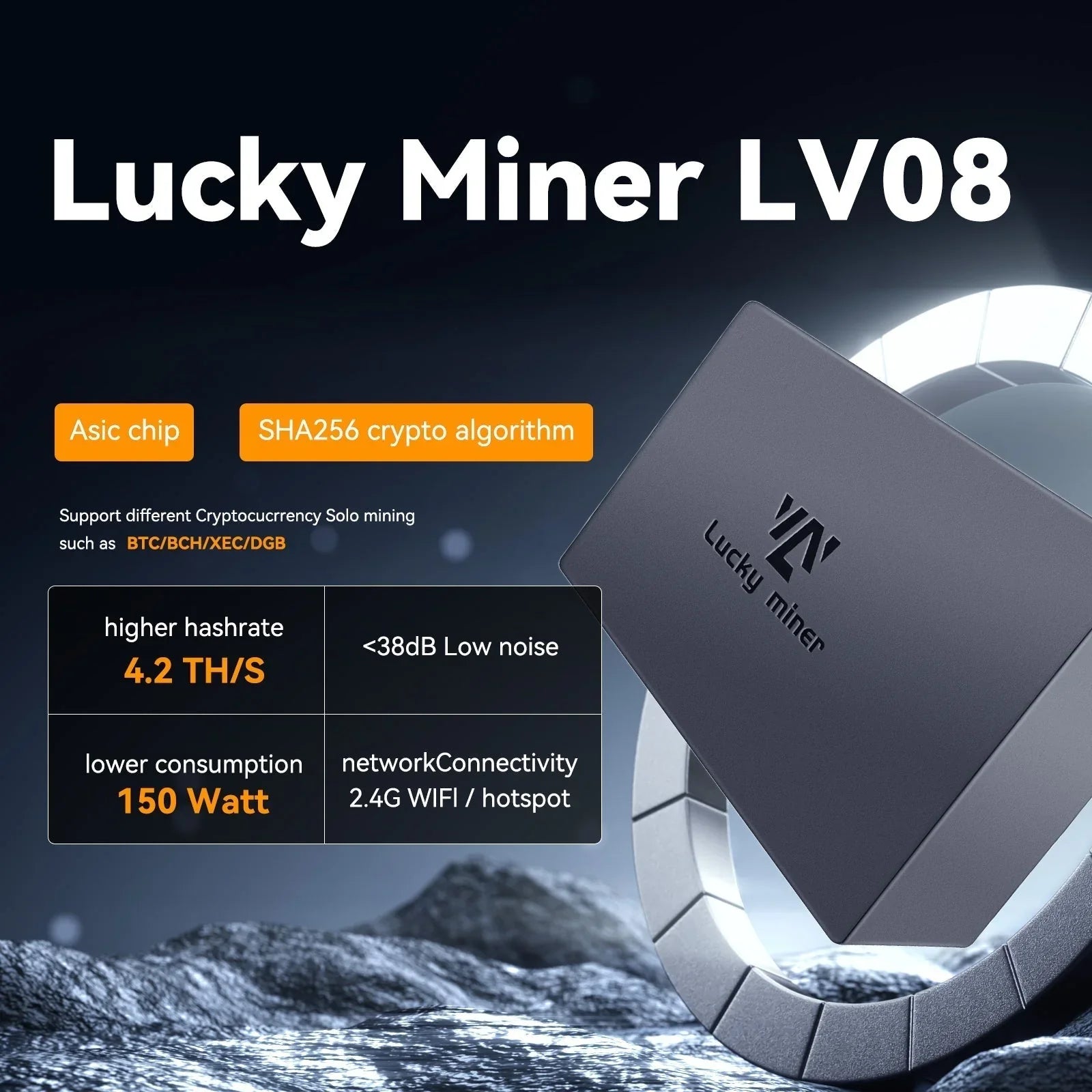
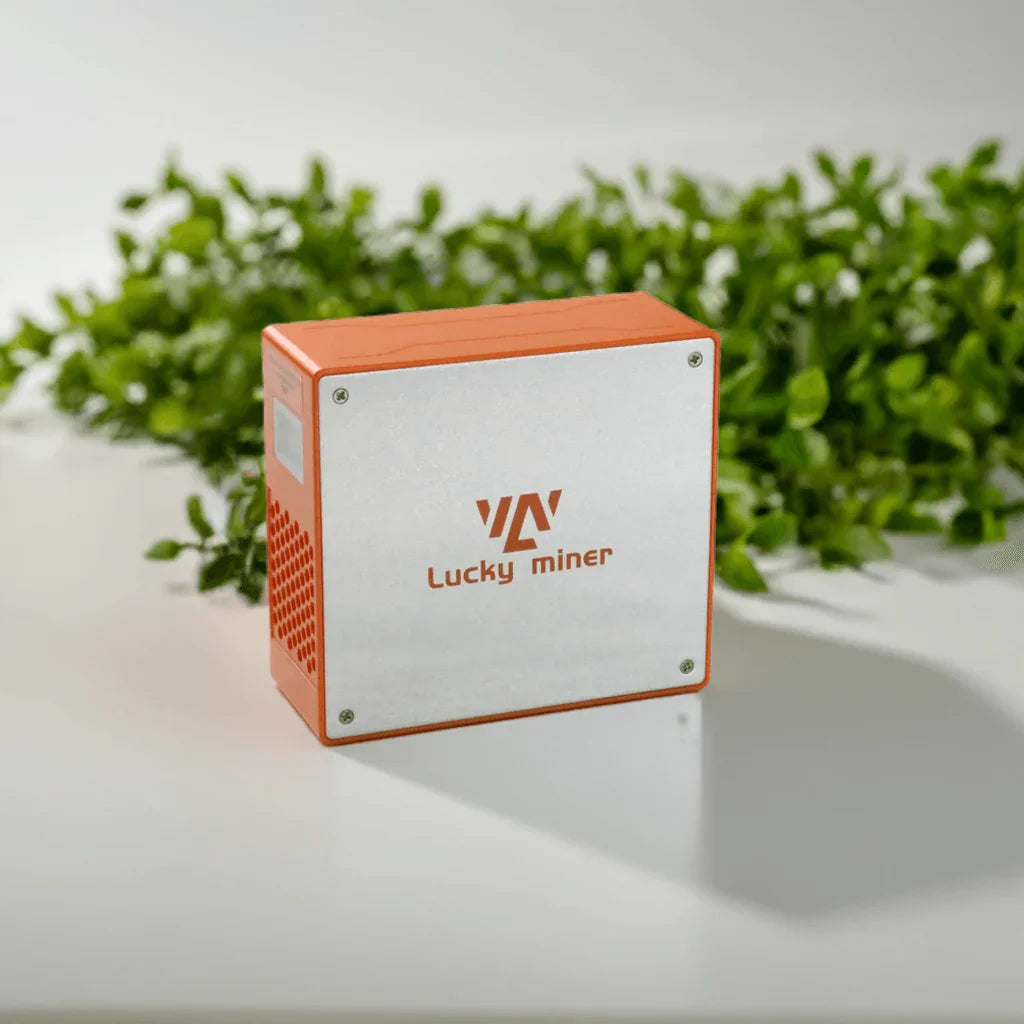
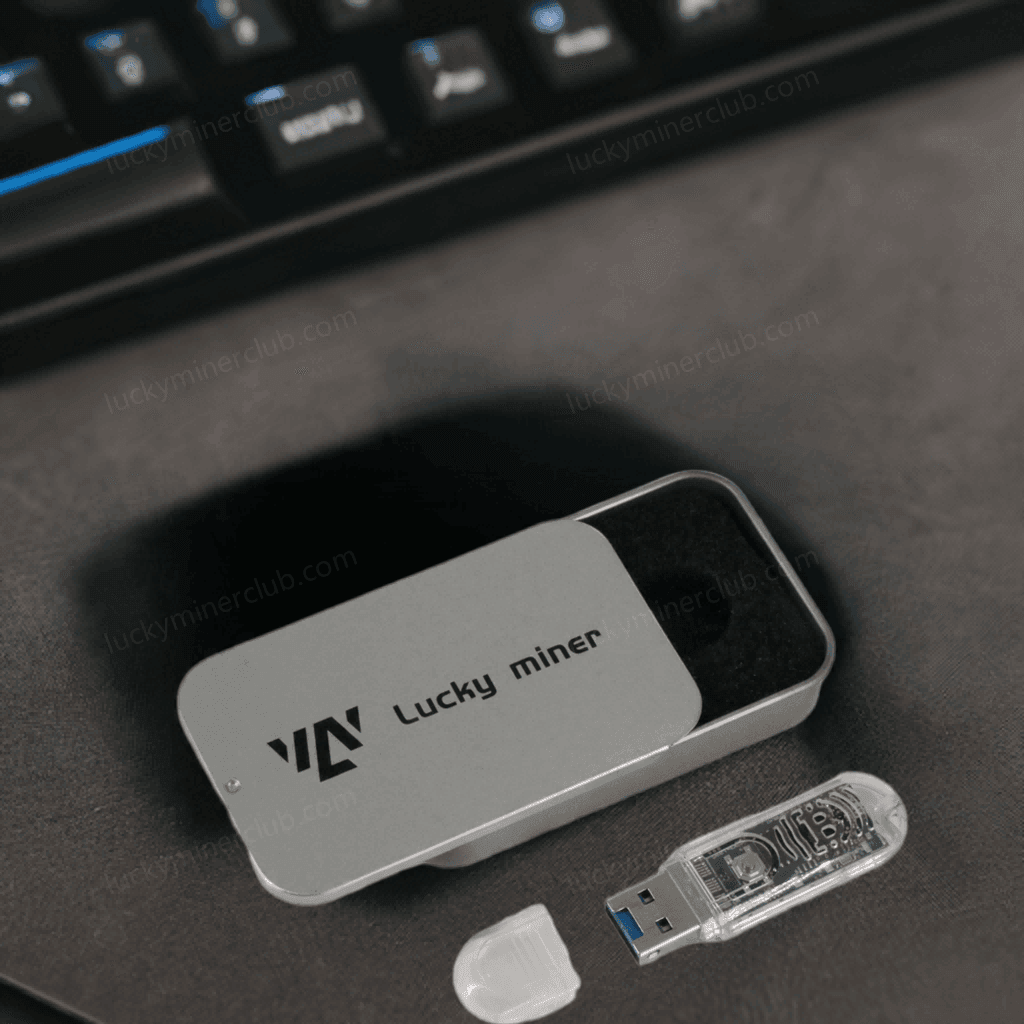
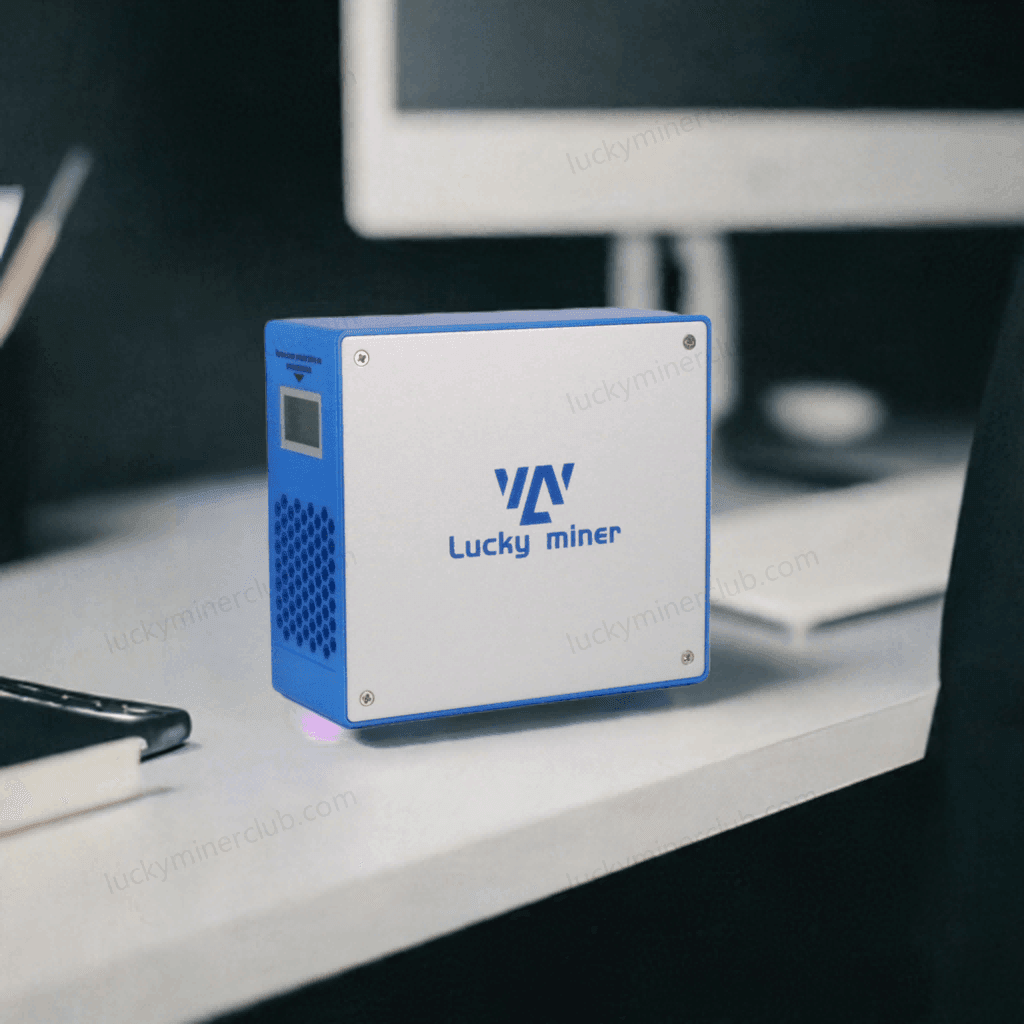
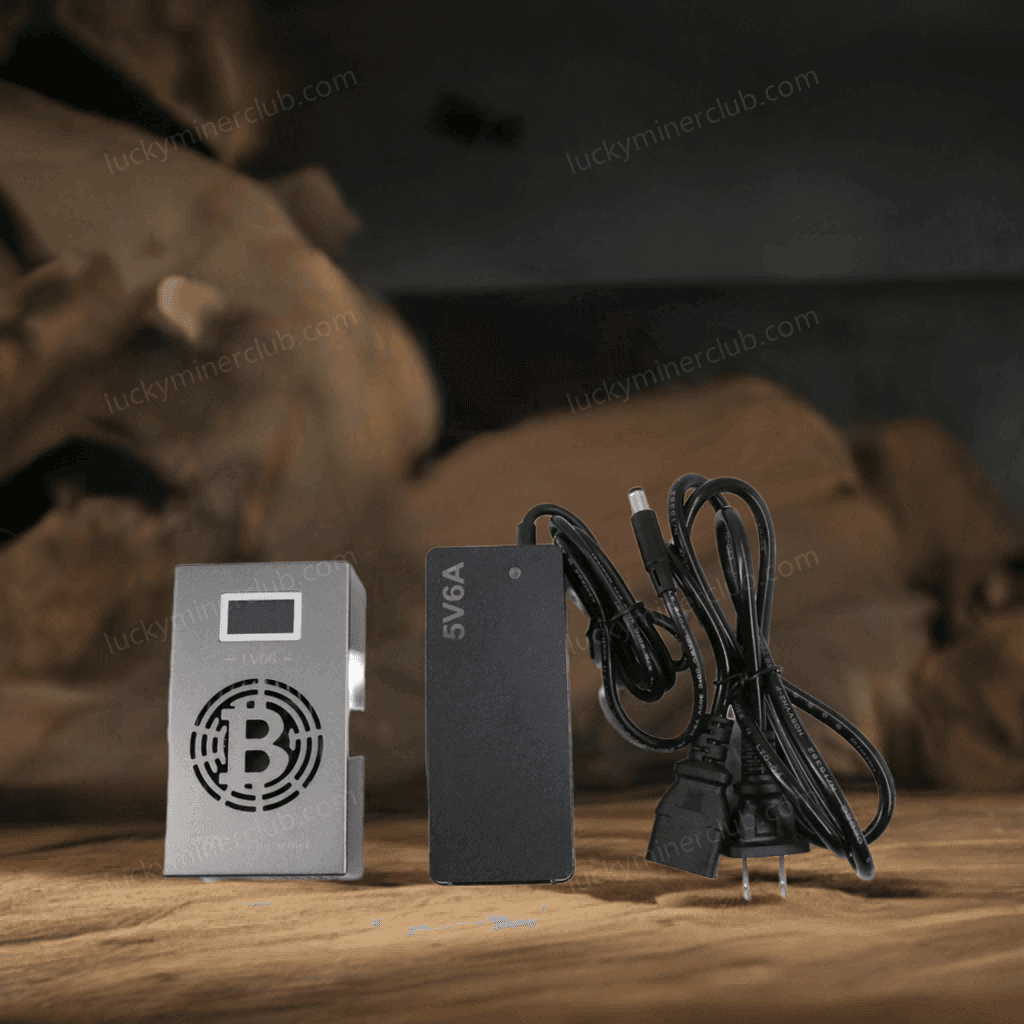

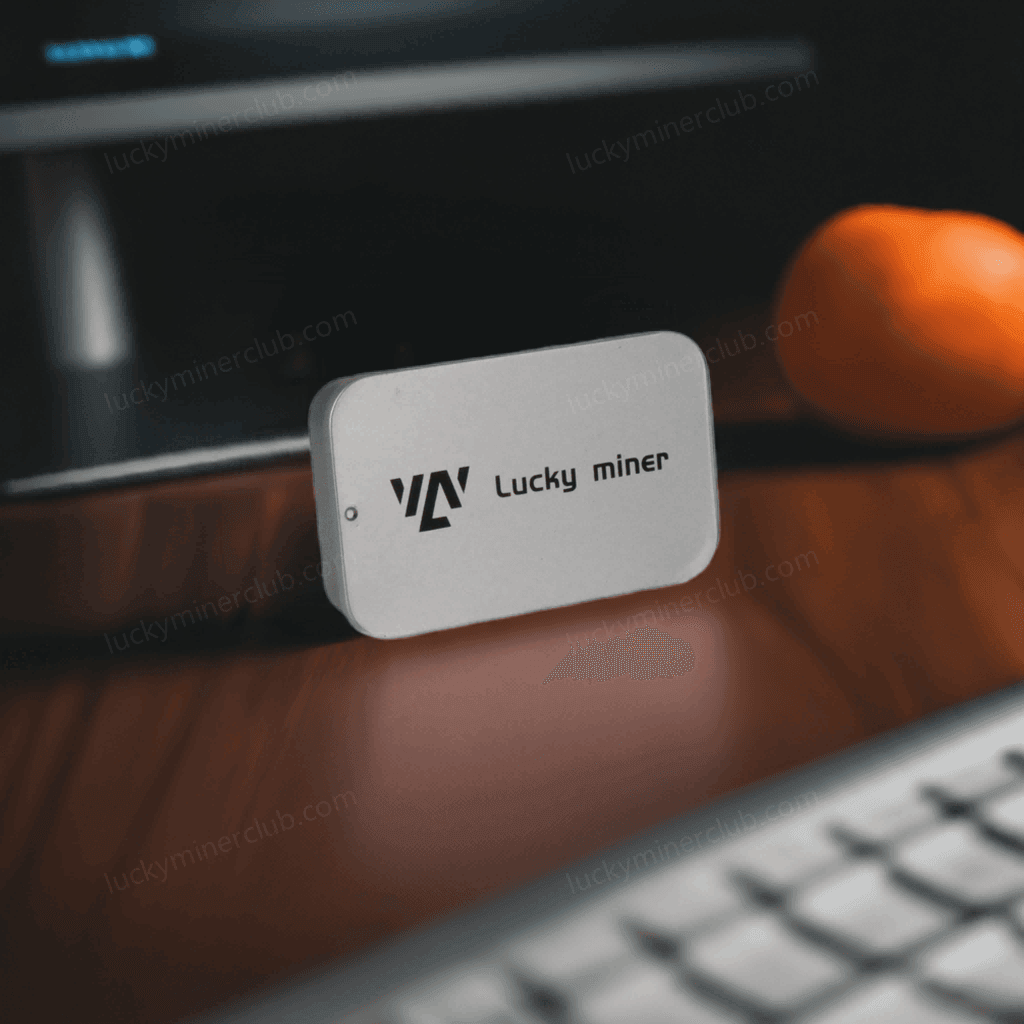
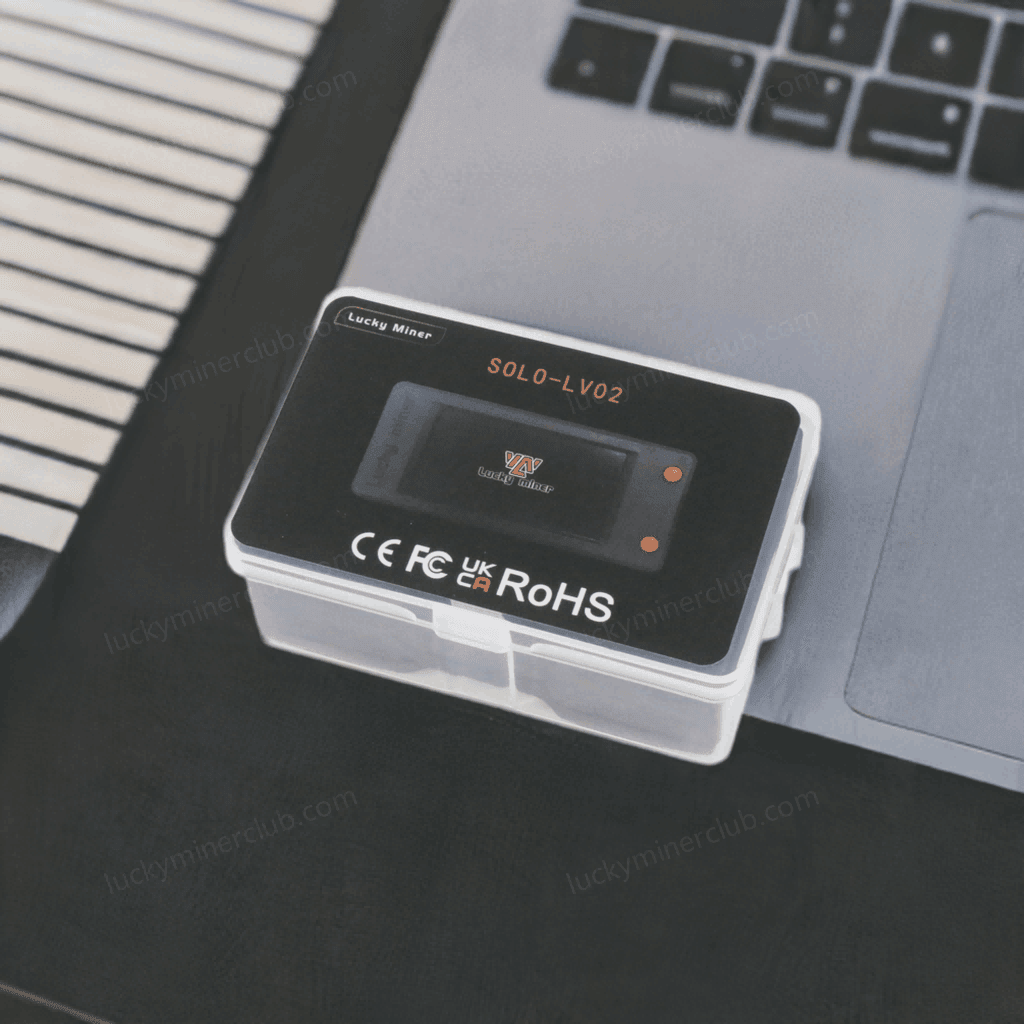
Leave a comment